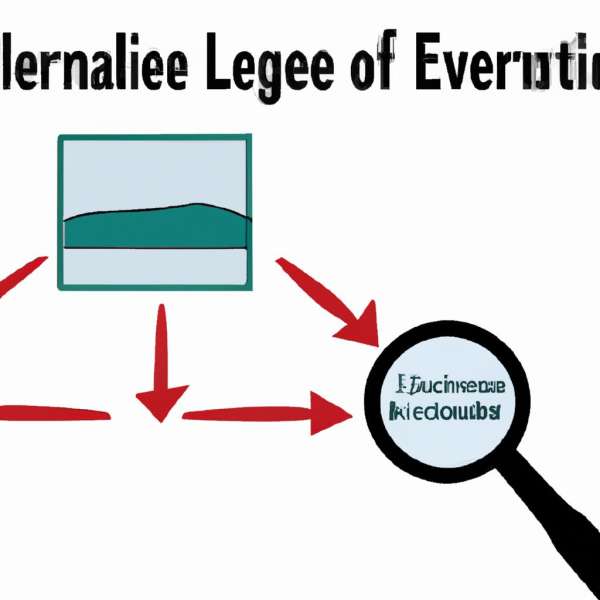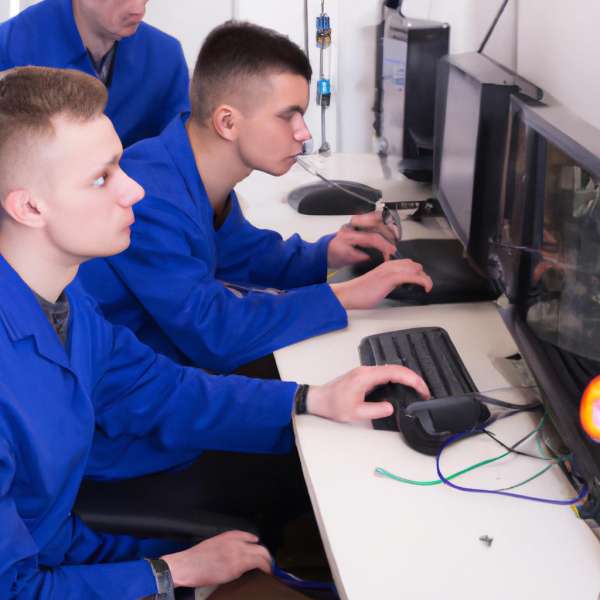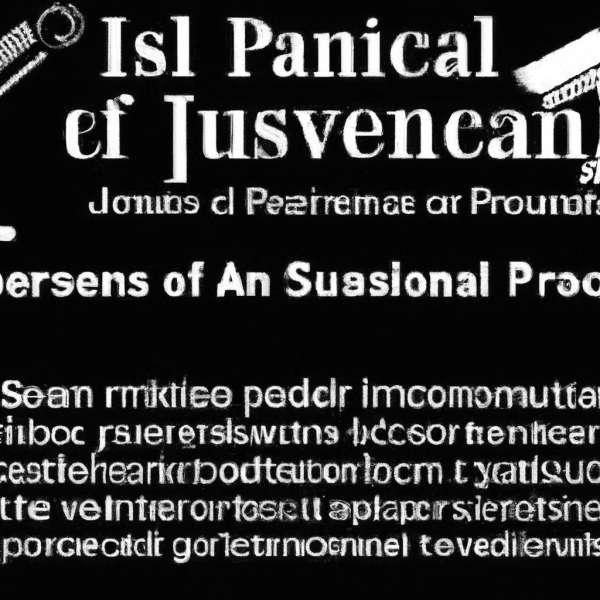In the intricate dance of justice, where truth and perception often entwine, surveillance footage emerges as a silent yet compelling witness. As personal injury cases unfold in courtrooms across the nation, the evidence captured by the unblinking eye of a camera can sway the pendulum of decision. From bustling streets to quiet parking lots, these recordings serve as a pivotal narrative thread, unraveling complexities that text and testimony alone may struggle to convey. This article delves into the multifaceted role of surveillance footage in personal injury cases, exploring how it informs the legal process, influences outcomes, and reshapes our understanding of liability in an age where visibility is paramount. Join us as we navigate the intersection of technology, law, and humanity, revealing the power of what we can see—and what we can prove.
The Importance of Visual Evidence in Establishing Liability
In the realm of personal injury cases, visual evidence serves as a cornerstone in establishing liability. Surveillance footage, when available, can capture pivotal moments that either corroborate or contradict witness statements and party claims. This type of evidence provides a clear, objective view of events as they unfolded, which can significantly influence the outcome of a case.
There are several key reasons why visual evidence is crucial in determining liability:
- Corroboration of Claims: Footage can validate or dispute the accounts provided by involved parties, ensuring that the narrative aligns with what actually occurred.
- Details Captured: Surveillance systems often record minute details, such as the weather conditions, the position of vehicles, and even pedestrian movements, which may prove essential in analyzing fault.
- Minimizing Ambiguity: Visual evidence helps to reduce ambiguity surrounding incidents that may otherwise lead to contentious debates in court.
- Impact on Settlements: Strong visual evidence can prompt quicker settlements, as insurance companies and defendants may recognize the weight of the evidence against them.
The location and accessibility of surveillance footage can vary widely, which further emphasizes the importance of acting quickly. Here is a brief overview of common types of surveillance footage and their respective reliability:
| Surveillance Type | Common Locations | Reliability |
|---|---|---|
| Public Street Cameras | Traffic intersections, public squares | High |
| Private Security Cameras | Businesses, residential areas | Moderate |
| Dash Cameras | Vehicles, rideshare services | High |
| Cell Phone Footage | Bystanders, victims | Variable |
the role of visual evidence such as surveillance footage cannot be overstated. It stands as a testament to what transpired, and when expertly utilized, it can decisively tilt the scales of justice in personal injury cases.

Analyzing Surveillance Footage for Crucial Details
When examining surveillance footage in personal injury cases, the importance of scrutinizing each frame cannot be overstated. Video evidence can often be the linchpin that either substantiates or undermines a claim. To extract decisive details, it’s essential to look for specific aspects that could significantly impact the case outcome. Here are key elements to focus on:
- Time Stamps: Understanding when the incident occurred helps establish a timeline, crucial for legal proceedings.
- Behavioral Analysis: Observing the actions of individuals involved can provide insight into negligence or fault.
- Environmental Factors: Notice any potential hazards or obstructions in the vicinity that could have contributed to the incident.
- Witnesses: Identifying other individuals captured in the footage may serve to corroborate or challenge testimonies.
To further dissect the footage, employing editing software tools can aid in enhancing clarity or isolating specific moments of interest. Adding annotations or freeze frames can emphasize crucial interactions or events. Additionally, using motion tracking features enables investigators to highlight movement patterns, making it easier to ascertain how an incident unfolded. As such, a thorough analysis not only requires keen observation but also practical application of technology to ensure all relevant information is accounted for.
Here’s a simple breakdown of typical footage analysis steps:
| Step | Description |
|---|---|
| 1. Review Entire Footage | Watch through all available video segments to get a complete picture. |
| 2. Identify Key Moments | Highlight sections that display critical actions or events. |
| 3. Assess Environmental Context | Evaluate conditions such as lighting or weather that may have affected the incident. |
| 4. Document Findings | Compile detailed notes on observations made during the review. |
By meticulously analyzing surveillance footage, attorneys and investigators can glean vital evidence that may steer a personal injury case in a favorable direction. Every frame holds the potential for revelation, and being thorough in assessing these details can effectively influence legal outcomes.

Best Practices for Collecting and Presenting Video Evidence
When it comes to collecting and presenting video evidence in personal injury cases, attention to detail is crucial. To ensure that the footage serves its intended purpose effectively, start by securing high-quality recordings. Poor image and sound quality can undermine the credibility of the evidence, so consider the following factors:
- Use the right equipment: Invest in cameras with high resolution and good low-light performance.
- Check angles and positioning: Position cameras to capture incidents from multiple angles for a more comprehensive view.
- Ensure proper lighting: Good lighting can vastly improve the quality of the footage.
Once video evidence is collected, proper presentation is equally important. Here are essential guidelines to follow:
- Edit minimally: Avoid altering the footage significantly. Minor edits such as trimming excessive portions are acceptable, but maintain the integrity of the original recording.
- Tag and organize: Clearly label each video file and create a system for organizing your footage. This makes it easier for attorneys or courts to access pertinent clips quickly.
- Provide context: Include a brief description of what the video shows and where and when it was recorded. Context can greatly enhance the interpretation of the footage.
To illustrate the various types of video evidence that can be pivotal in personal injury cases, the following table summarizes common sources:
| Source | Details |
|---|---|
| Traffic Cameras | Capture incidents at intersections, providing crucial evidence in car accidents. |
| Store Surveillance | Can show customer interactions and incidents within retail spaces. |
| Dashcams | Provide a driver’s perspective during incidents, useful in many accident cases. |
| CCTV Footage | Widespread use in public spaces, pivotal for establishing a timeline of events. |

Navigating Legal Challenges in the Use of Surveillance Footage
Utilizing surveillance footage in personal injury cases can be fraught with legal complexities. While this type of evidence can substantiate claims or refute allegations, parties must navigate a labyrinth of privacy laws, consent requirements, and evidentiary standards. Key considerations include:
- Privacy Concerns: In many jurisdictions, individuals have a reasonable expectation of privacy, particularly in private spaces. Unauthorized surveillance or the use of footage captured without consent can lead to significant legal barriers, including potential civil liability.
- Chain of Custody: Establishing a clear chain of custody for the footage is essential. This process demonstrates how the footage was collected, stored, and preserved, ensuring it hasn’t been tampered with before presentation in court.
- Relevance and Authenticity: The footage must be relevant to the case at hand and authenticated; this includes proving that the file is what it claims to be and accurately represents the events in question.
Furthermore, differences in state laws can create confusion. Some areas impose strict regulations over how surveillance data can be used, particularly when dealing with recorded statements of individuals involved. It’s also vital to consider:
| State | Regulation on Surveillance Footage |
|---|---|
| California | Requires consent for recording in private spaces. |
| New York | Permits public area recording with no consent required. |
| Texas | Leans towards allowing surveillance in most public areas. |
Each case presents its own set of challenges, necessitating a tailored approach. Legal professionals should be well-versed in both state-specific regulations and federal guidelines governing surveillance practices to effectively harness this powerful tool in personal injury litigation.
In Summary
the role of surveillance footage in personal injury cases cannot be overstated. It serves as a silent witness, often capturing moments that words alone cannot convey. As technology continues to evolve, this visual evidence brings clarity to complex situations, providing both plaintiffs and defendants with a more objective basis for understanding events.
However, it is crucial to approach the use of surveillance footage with caution, acknowledging the potential for misinterpretation and the ethical considerations surrounding privacy. As legal professionals navigate this intricate landscape, the balance between accountability and individual rights must be maintained.
As we look to the future, the integration of advanced technology in legal procedures promises to refine how we interpret and utilize such evidence. Ultimately, in the quest for justice, surveillance footage stands as an essential tool—one that elucidates the truth and aids in the fair resolution of personal injury disputes. With careful consideration and a commitment to ethical standards, it can help pave the way for a more transparent and equitable legal system.


